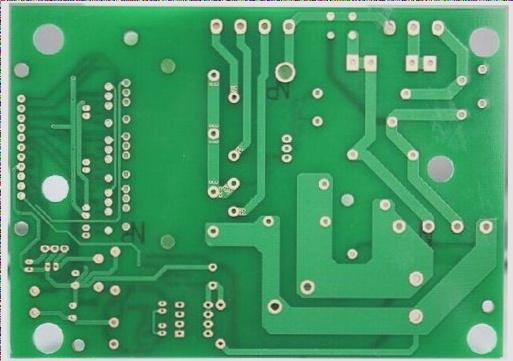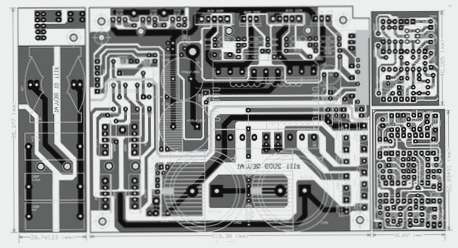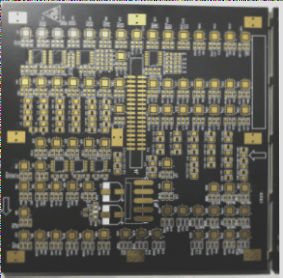Power Inverters: A Complete Guide
Introduction to Power Inverters
Power inverters are essential devices that convert DC (Direct Current) from sources like batteries into AC (Alternating Current) to power small appliances. They are commonly used during outdoor activities like camping or in emergencies such as power outages, both short-term and long-term.
Key Topics Covered:
- Definition of a power inverter
- Types of power inverters
- How power inverters work
- Circuit diagram explanation
What is a Power Inverter?
A power inverter is an electrical device that converts DC voltage from a battery (6V, 12V, 24V, or 48V) into standard AC voltage (230V at 50 Hz or 120V at 60 Hz). In simple terms, it changes DC power into higher-voltage AC power to operate devices that require AC power from a DC source.
Power inverters can be powered by various sources like batteries, solar panels, small DC hydro generators, wind turbines, or fuel cells. Commonly used in homes or offices are deep-discharge lead-acid or lithium batteries.
Types of Power Inverters
Power inverters are classified based on output AC waveform and transformer technology.
Classification by AC Output Waveform
Power inverters produce different types of AC waveforms:
Square Wave:
Square wave inverters, the earliest technology, are simple but generate electrical noise. They are suitable for basic loads like light bulbs and simple motors.
Modified Sine Wave:
Modified sine wave inverters are cost-effective and can power most devices. However, they may not be suitable for sensitive equipment like motors or fans.
Sine Wave:
Sine wave inverters produce clean power and are compatible with all AC loads, making them ideal for sensitive electronics.
Classification by Transformer Technology
Inverters can be categorized based on the type of transformer used:
Iron Core Transformers:
Heavy and bulky, iron core transformers are used in stationary installations where size is not a concern.
Ferrite Core Transformers:
Lighter and more efficient, ferrite core transformers are suitable for portable applications.
How Does an Inverter Work?
The operation of a power inverter involves several key stages:
- DC Source
- Oscillator
- Amplifier
- Step-Up Transformer
- Feedback System
The DC source, like a battery or solar panel, provides the initial power for the inverter’s operation.
How Does an Inverter Work?
- Oscillator: The oscillator transforms DC into a low-voltage AC signal, usually at 50/60Hz frequency.
- Amplifier: The amplifier boosts the signal from the oscillator to a higher voltage using power transistors or MOSFETs.
- Step-Up Transformer: This component elevates the low-voltage AC signal to the desired high-voltage AC (230V or 120V).
- Feedback System: Monitors output voltage and adjusts the oscillator to maintain stable voltage levels.
Circuit Overview

Key Components
The inverter circuit features the IC 4047 as an astable multivibrator, generating a square wave to drive the amplifier and transformer. The 5V regulator (7805) powers the IC for frequency stability. BJTs and MOSFETs in the amplification stage increase voltage and drive the transformer for output of 230V AC.
Protective elements like the MOV and 5A fuse guard against voltage spikes and short circuits. With a 9V / 5A transformer, the inverter delivers 45 watts. Upgrading the transformer and fuse can boost power output.
Compatible Loads
The inverter supports resistive, small inductive, and loads with switching power supplies. Disconnect any problematic load to maintain stable operation. Avoid using the inverter with critical medical equipment.
Author: blogthor
If you need PCB or PCBA assistance, reach out to info@wellcircuits.com.



